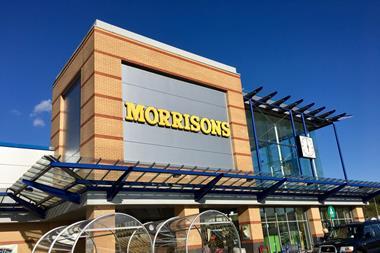Results fell within or below the guidance range in most areas
A 12% drop in operating profit sounds like a bad year, but DLG’s rising share price today tells a different story.
Investors had expected a worse performance from personal lines-dominated insurer, and the higher combined operating ratio (COR) hitting the underwriting performance, as well as lower investor returns were all in line with expectations.
There were more signs for optimism too, with the motor book recording growth in the second half of the year - especially in the final quarter - and claims inflation in the 3-5% guidance range, below that of Hastings. GWP was stable.
Its COR worsened year over year to 92.2%, but again, this was below its predicted 93-95%.
The caveat is that 2019 was a very benign year for weather events - costing the business only £6m - and 2020 is already shaping up to be a worse one, with storms Ciara and Dennis costing the insurer £35m so far.
Other positive news for the direct insurer is the 165% solvency ratio, which is above the mid-point of its target range of 140-180%.
Oxbow Parters’ head of market intelligence Paul De’Ath commented that Direct Line ”continues to drive through cost and efficiency savings while also looking to improve the mix of its earnings.
”The growth in Motor premiums is positive and should be aided if the market hardens further through 2020.”
William Ryder, Equity Analyst at Hargreaves Lansdown said that Direct Line’s results were “pretty reasonable”.
”The group’s paid out a lower proportion of premiums as claims this year, and underlying operating costs also fell.
”However, results have been flattered in the past by large prior year reserve releases. These have fallen precipitously, and are expected to fall further going forwards, although they will still make a meaningful contribution to profits.
”We think the group faces its share of challenges, but the market is rewarding steady progress.”













































No comments yet